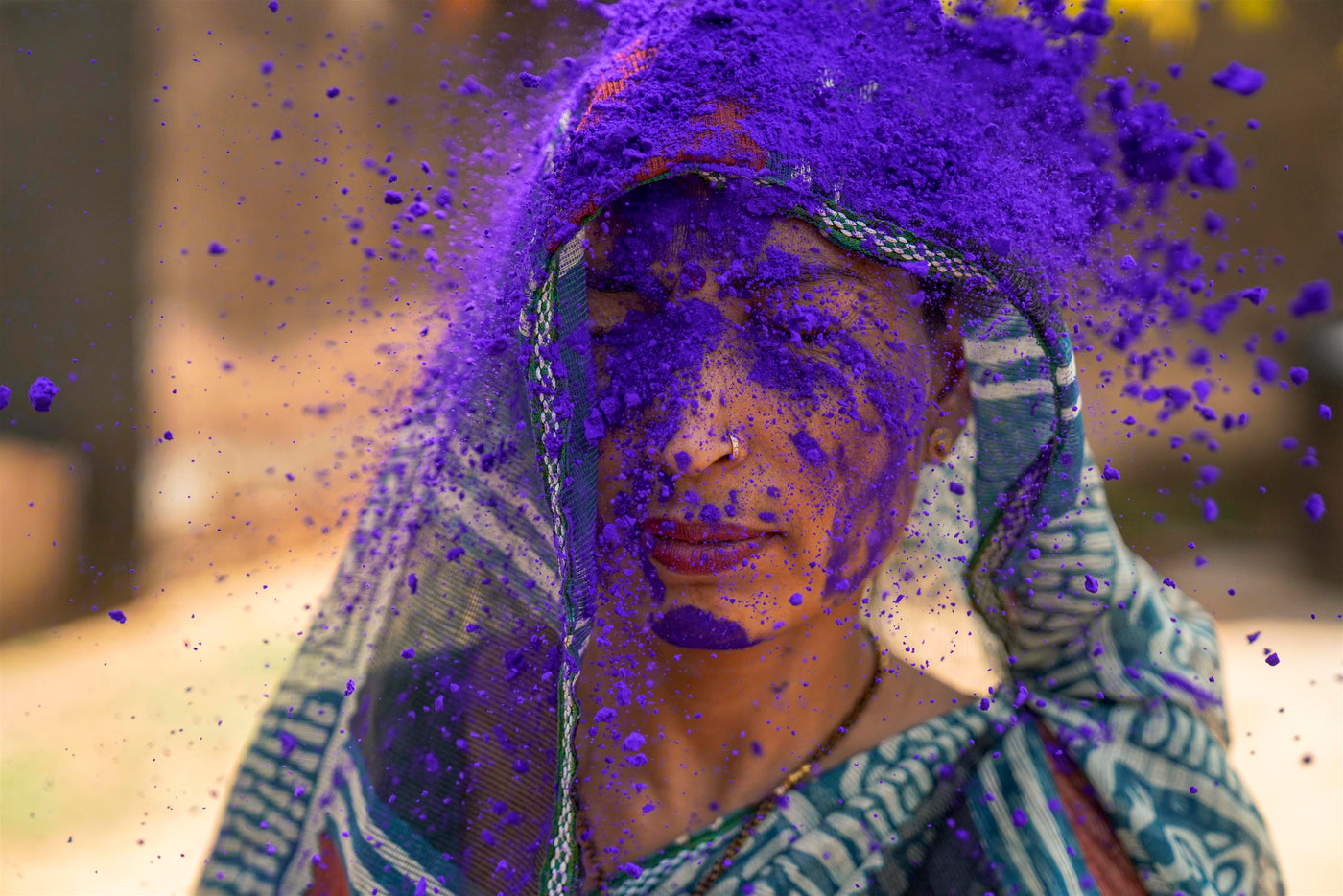In many cultures all over the world, spring symbolizes new life and fresh beginnings. In India, where our handmade rugs are created, the Hindu festival of Holi is celebrated to mark the end of winter and welcome in love and happiness for the upcoming season.
Known as the Festival Of Colors or the Festival Of Love, Holi rings in the beginning of new life and new love in a particularly joyous way - with bonfires, water balloons, colorful powdered paint, and lighthearted pranks. One of the main messages of Holi is that good always triumphs over evil.
To honor the weavers and artisans who make jute and wool hand-knotted rugs for Enkay, we’ve created a brief history of Holi and what it means to modern Indian culture.

The Legends of Holi
Holi is an ancient tradition dating back to the 4th century CE. Rooted in mythology, it celebrates the Hindu god Krishna and the legend of Holika and Prahlad. Here are the two mythical stories that are honored through Holi each year.
There once was an evil king, Hiranyakashipu, who insisted on being worshiped like a god.His son, Prahlad, refused to worship his father, which made his father very angry. Hiranyakashipu called on his sister, Holika, (the namesake of Holi) to help kill his son. Holika had a special cloak that protected her from fire, so she planned to trick Prahlad into following her through a fire. This trick did not work, however, as the cloak was not meant to be used for evil, so it flew off Holika and protected Prahlad instead.
Krishna is the Hindu god of compassion, tenderness, and love. He was known for his jokester ways, and also for his love for Radha. Krishna was poisoned by a demoness as a baby but survived, leaving his skin a dark blue color. He feared that Radha would not like his skin color, so he decided to playfully smear color on her face to match his. This caused her to fall in love with him.

Present-Day Celebrations
The story of Holika is the reason participants light bonfires on the first night of Holi, and serves as a reminder to celebrate the triumph of good over evil. The bonfires are large, and people participate by throwing wood, seeds, or popcorn into the flames.
Krishna’s story is the reason participants throw the colored powder on the second day of Holi. Each color symbolizes a wish for the upcoming year - red for love, green for new beginnings, blue to honor the gods, yellow to honor the merchants. People are particularly playful during Holi, as smearing color onto other people is part of the fun. There also are often water balloons and squirt guns in the streets as part of the festivities.
Generally, Holi ends with families visiting each other and gathering for celebratory meals together. Even though the festival has Hindu roots, it is celebrated all across India by all faiths and is considered an opportunity for people to open up their homes to friends and neighbors of other religions.
The joyful images of powder-covered people playing in the streets of India are iconic to Holi and an important part of modern Indian culture. We love to picture our artisans putting down their looms and having fun with their families during Holi!

